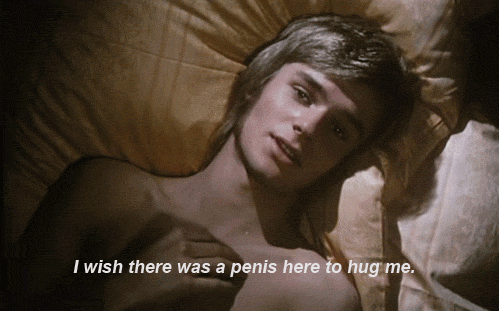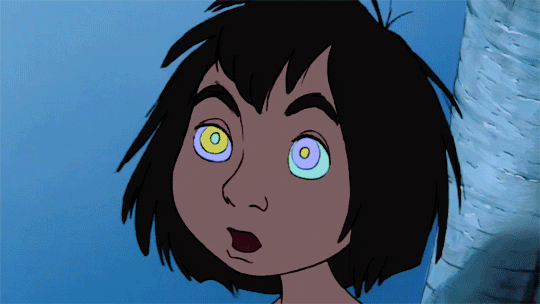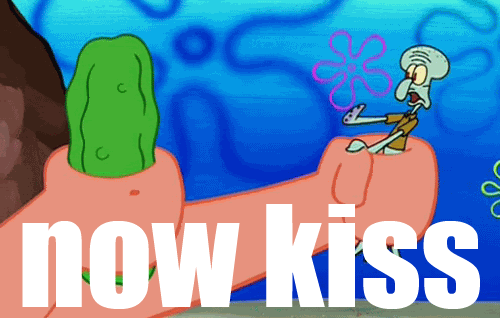Facial Action Coding System (FACS) is a system to taxonomize human facial movements by their appearance on the face, based on a system originally developed by a Swedish anatomist named Carl-Herman Hjortsjö.[1] It was later adopted by Paul Ekman and Wallace V. Friesen, and published in 1978.[2] Ekman, Friesen, and Joseph C. Hager published a significant update to FACS in 2002.[3] Movements of individual facial muscles are encoded by FACS from slight different instant changes in facial appearance.[4] It is a common standard to systematically categorize the physical expression of emotions, and it has proven useful to psychologists and to animators. Due to subjectivity and time consumption issues, FACS has been established as a computed automated system that detects faces in videos, extracts the geometrical features of the faces, and then produces temporal profiles of each facial movement.[4]. The pioneer F-M Facial Action Coding System 3.0 (F-M FACS 3.0) [5] was created in 2018 by Dr. Freitas-Magalhães, and presents 4,000 segments in 4K, using 3D technology and automatic and real-time recognition (FaceReader 7.1).The F-M FACS 3.0 features 8 pioneering action units (AUs) and 22 pioneering tongue movements (TMs), in addition to functional and structural nomenclature [6].
Using FACS,[7] human coders can manually code nearly any anatomically possible facial expression, deconstructing it into the specific action units (AU) and their temporal segments that produced the expression. As AUs are independent of any interpretation, they can be used for any higher order decision making process including recognition of basic emotions, or pre-programmed commands for an ambient intelligent environment. The FACS Manual is over 500 pages in length and provides the AUs, as well as Ekman's interpretation of their meaning.
FACS defines AUs, which are a contraction or relaxation of one or more muscles. It also defines a number of Action Descriptors, which differ from AUs in that the authors of FACS have not specified the muscular basis for the action and have not distinguished specific behaviors as precisely as they have for the AUs.
For example, FACS can be used to distinguish two types of smiles as follows:[8]
Insincere and voluntary Pan-Am smile: contraction of zygomatic major alone
Sincere and involuntary Duchenne smile: contraction of zygomatic major and inferior part of orbicularis oculi.
Although the labeling of expressions currently requires trained experts, researchers have had some success in using computers to automatically identify FACS codes, and thus quickly identify emotions.[9] Computer graphical face models, such as CANDIDE or Artnatomy, allow expressions to be artificially posed by setting the desired action units.
The use of FACS has been proposed for use in the analysis of depression,[10] and the measurement of pain in patients unable to express themselves verbally.[11]
FACS is designed to be self-instructional. People can learn the technique from a number of sources including manuals and workshops,[12] and obtain certification through testing.[13] The original FACS has been modified to analyze facial movements in several non-human primates, namely chimpanzees,[14] rhesus macaques,[15] gibbons and siamangs,[16] and orangutans.[17] More recently, it was adapted for a domestic species, the dog.[18]
Thus, FACS can be used to compare facial repertoires across species due to its anatomical basis. A study conducted by Vick and others (2006) suggests that FACS can be modified by taking differences in underlying morphology into account. Such considerations enable a comparison of the homologous facial movements present in humans and chimpanzees, to show that the facial expressions of both species result from extremely notable appearance changes. The development of FACS tools for different species allows the objective and anatomical study of facial expressions in communicative and emotional contexts. Furthermore, a cross-species analysis of facial expressions can help to answer interesting questions, such as which emotions are uniquely human.[19]
EMFACS (Emotional Facial Action Coding System)[20] and FACSAID (Facial Action Coding System Affect Interpretation Dictionary)[21] consider only emotion-related facial actions. Examples of these are:
Emotion Action units
Happiness 6+12
Sadness 1+4+15
Surprise 1+2+5B+26
Fear 1+2+4+5+7+20+26
Anger 4+5+7+23
Disgust 9+15+16
Contempt R12A+R14A
Codes for action units
See also: List of muscles in the human body § The muscles of the head
For clarification, FACS is an index of facial expressions, but does not actually provide any bio-mechanical information about the degree of muscle activation. Though muscle activation is not part of FACS, the main muscles involved in the facial expression have been added here for the benefit of the reader.
Action units (AUs) are the fundamental actions of individual muscles or groups of muscles.
Action descriptors (ADs) are unitary movements that may involve the actions of several muscle groups (e.g., a forward‐thrusting movement of the jaw). The muscular basis for these actions hasn't been specified and specific behaviors haven't been distinguished as precisely as for the AUs.
For most accurate annotation, FACS suggests agreement from at least two independent certified FACS encoders.
Intensity scoring
Intensities of FACS are annotated by appending letters A–E (for minimal-maximal intensity) to the action unit number (e.g. AU 1A is the weakest trace of AU 1 and AU 1E is the maximum intensity possible for the individual person).
A Trace
B Slight
C Marked or pronounced
D Severe or extreme
E Maximum
Other letter modifiers
There are other modifiers present in FACS codes for emotional expressions, such as "R" which represents an action that occurs on the right side of the face and "L" for actions which occur on the left. An action which is unilateral (occurs on only one side of the face) but has no specific side is indicated with a "U" and an action which is unilateral but has a stronger side is indicated with an "A."
List of action units and action descriptors (with underlying facial muscles)
Main codes
AU number FACS name Muscular basis
0 Neutral face
1 Inner brow raiser frontalis (pars medialis)
2 Outer brow raiser frontalis (pars lateralis)
4 Brow lowerer depressor glabellae, depressor supercilii, corrugator supercilii
5 Upper lid raiser levator palpebrae superioris, superior tarsal muscle
6 Cheek raiser orbicularis oculi (pars orbitalis)
7 Lid tightener orbicularis oculi (pars palpebralis)
8 Lips toward each other orbicularis oris
9 Nose wrinkler levator labii superioris alaeque nasi
10 Upper lip raiser levator labii superioris, caput infraorbitalis
11 Nasolabial deepener zygomaticus minor
12 Lip corner puller zygomaticus major
13 Sharp lip puller levator anguli oris (also known as caninus)
14 Dimpler buccinator
15 Lip corner depressor depressor anguli oris (also known as triangularis)
16 Lower lip depressor depressor labii inferioris
17 Chin raiser mentalis
18 Lip pucker incisivii labii superioris and incisivii labii inferioris
19 Tongue show
20 Lip stretcher risorius w/ platysma
21 Neck tightener platysma
22 Lip funneler orbicularis oris
23 Lip tightener orbicularis oris
24 Lip pressor orbicularis oris
25 Lips part depressor labii inferioris, or relaxation of mentalis or orbicularis oris
26 Jaw drop masseter; relaxed temporalis and internal pterygoid
27 Mouth stretch pterygoids, digastric
28 Lip suck orbicularis oris
Head movement codes
AU number FACS name Action
51 Head turn left
52 Head turn right
53 Head up
54 Head down
55 Head tilt left
M55 Head tilt left The onset of the symmetrical 14 is immediately preceded or accompanied by a head tilt to the left.
56 Head tilt right
M56 Head tilt right The onset of the symmetrical 14 is immediately preceded or accompanied by a head tilt to the right.
57 Head forward







